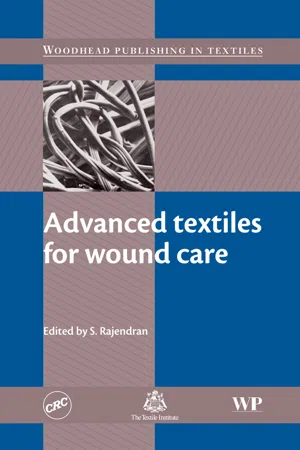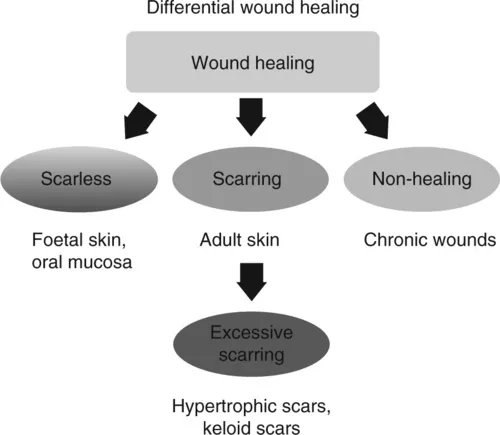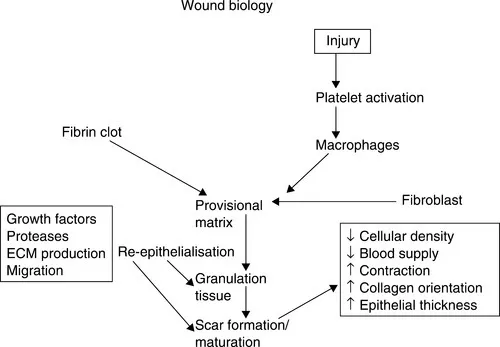
- 360 pages
- English
- ePUB (mobile friendly)
- Available on iOS & Android
Advanced Textiles for Wound Care
About This Book
An important and growing area of the textile industry is the medical sector. The extent of this growth is due to constant improvements in both textile technology and medical procedures. This collection provides a detailed review of how textiles are incorporated into wound care applications, explaining the importance and suitability of using textiles on different wound types.Part one of the book provides an overview of the use of textiles in particular aspects of wound care, providing details of wound management and the importance of laboratory testing in relation to wound care. Further chapters cover minor wounds, moist wound management and bioactive dressings to promote healing. Given their increasing importance, part two describes how advanced textiles, such as smart temperature controlled textiles and composites, can be used for wound care products. The final chapter gives an interesting insight into the use of fibrous scaffolds for tissue engineering.Advanced textiles for wound care is essential reading for any manufacturers, designers, scientists and producers of wound care materials. It is a valuable resource for professionals within the medical sector, as well as those in academia.
- Provides a comprehensive introduction to wound care from types of wound and wound healing mechanisms to the importance of testing in relation to wound care
- Analyses the application of textiles to wound healing covering minor wounds, burns, ulcers and other deep skin wounds
- Reviews the current use of smart textiles for wound care including drug delivery dressings and textile-based scaffolds for tissue engineering as well as future trends
Frequently asked questions
Information
Wound management and dressings
Abstract
1.1 Introduction
1.2 Types of wound
1.2.1 Acute wound
1.2.2 Chronic wounds
1.2.3 Open and closed wounds
1.3 Mechanism of wound healing

1.3.1 Healing by primary intention
1.3.2 Healing by secondary intention
1.3.3 Delayed primary/tertiary healing

1.3.4 Haemostasis
1.3.5 Inflammation
Role of neutrophils

Macrophages
Table of contents
- Cover image
- Title page
- Table of Contents
- Copyright page
- Contributor contact details
- Woodhead Publishing in Textiles
- Preface
- Part I: The use of textiles in particular aspects of wound care
- Part II: Types of advanced textiles for wound care
- Index